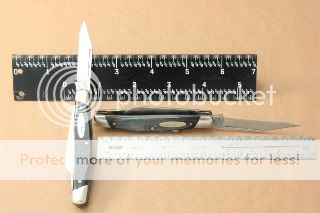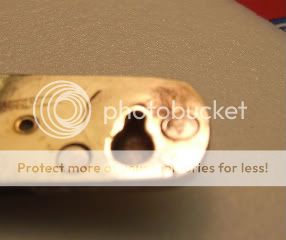Okay, I have to admit I may be ignorant of some fine point of knife manufacture, but I have to ask, why use the Swindon key construction at all? It seems like a loose/loose situation. You can't easily ssnug up a loose blade, it looks like a huge PITA to take apart if you want to take apart the knife to change scales or something, and it looks like it may have been harder to make. Then, from what I understand of the history, Buck, maker of hard working knives, switched from the old Swindon key Schrade's t the more conventional Camillus knives when contracting out the rely 300 series pocket knives of the late 1960's.
So, what are any advantages of using the Swindon key construction of a pocket knife, and did Schrade use it for long?
Where the old Schrade-Waldens the Swindon key?
Carl.
So, what are any advantages of using the Swindon key construction of a pocket knife, and did Schrade use it for long?
Where the old Schrade-Waldens the Swindon key?
Carl.




